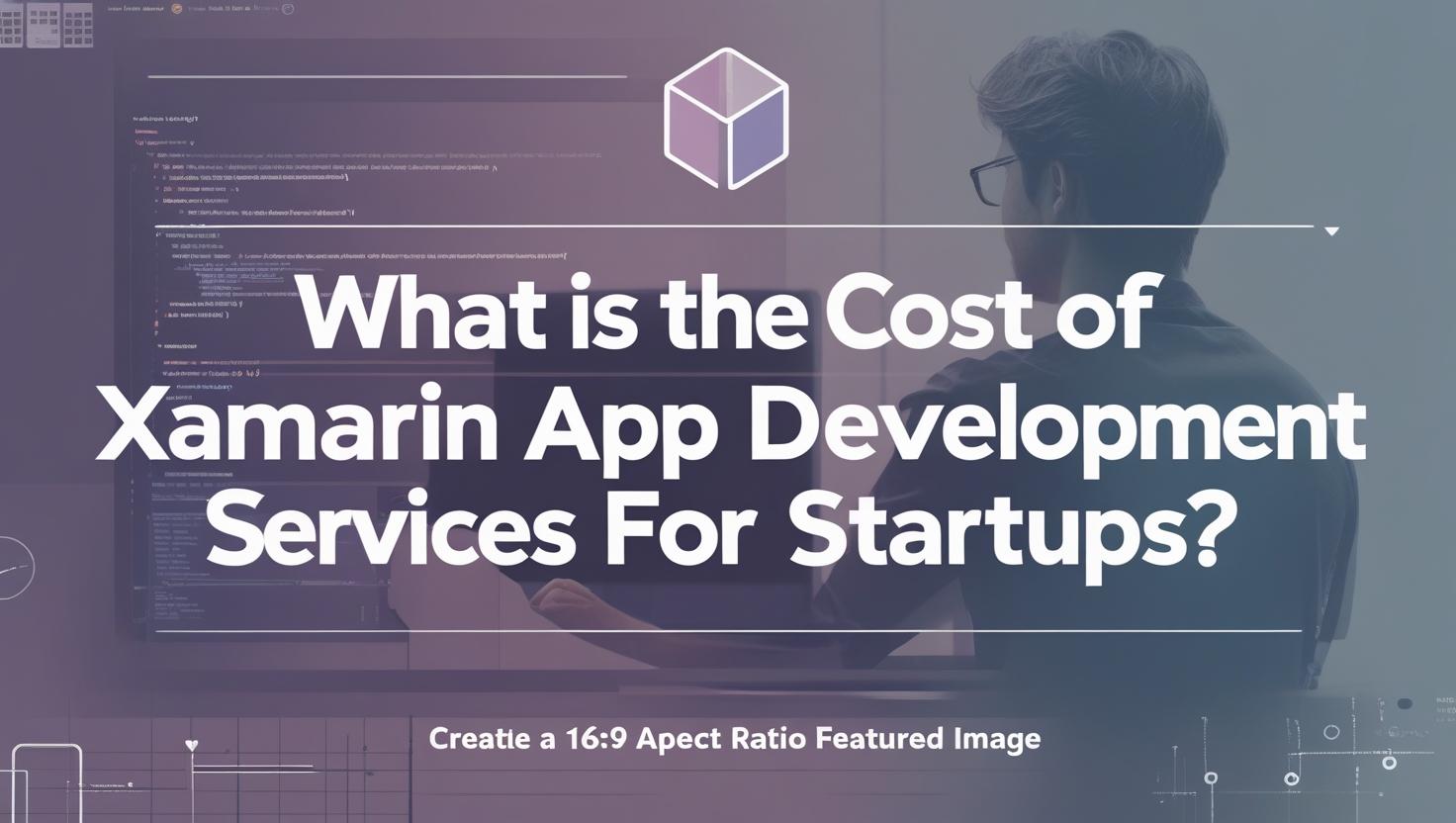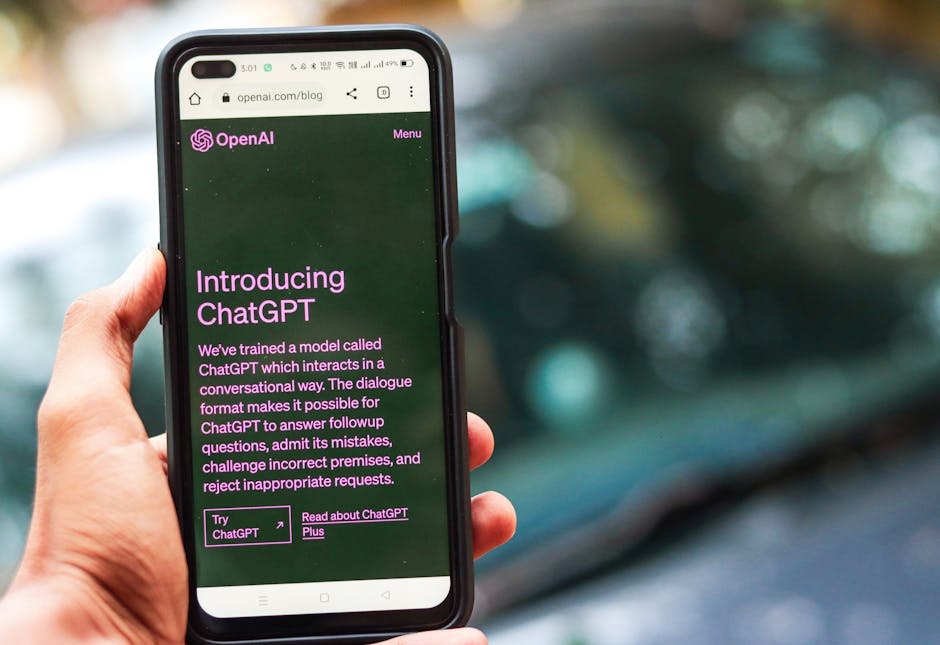I get this question all the time from startups, especially from founders who’ve heard whispers about how expensive app development can be. They’re on a tight budget, and they want to know if a cross-platform solution like Xamarin is their golden ticket. Honestly, the answer isn’t a simple number, and if anyone gives you one right away, you should be a little skeptical. It’s more like a formula with a bunch of variables.
I worked with a small e-commerce startup last year that was in this exact boat. They had a solid idea for a new shopping app, but their initial quotes for building separate native iOS and Android apps were just insane—way out of their budget. We started looking into cross-platform options, and Xamarin was a top contender. Here’s the deal: Xamarin can absolutely save you money, but how much you save depends on a bunch of choices you make along the way. Think of it like building a house. The final cost depends on whether you go for a simple two-bedroom or a five-bedroom mansion with a pool.
My goal here is to help you figure out what goes into that final price tag, so you can walk into a meeting with a developer or an agency and know exactly what you’re talking about. We’ll break down the factors, look at some real numbers I’ve seen, and talk about how you can control the costs to make sure your great app idea doesn’t drain your bank account before it even gets to market.
So, What’s the Real Xamarin App Development Cost for a Startup?
Let’s get straight to it. A simple Xamarin app for a startup can cost anywhere from $25,000 to $60,000. But that’s a wide range, right? And that’s just for a basic app. If you want something with more bells and whistles, that price can jump to $60,000 to $160,000 for a mid-level app. A complex app, with a lot of integrations and fancy features, can easily go past $160,000 and keep climbing.
I know what you’re thinking: “That’s still a lot of money!” And it is. The reason for the big price swings is that a lot of things change the final number. It’s not just about the code. It’s about who writes the code, what the app needs to do, and a bunch of other little things you might not even think about at first.
In my experience, the biggest factor for startups is getting an MVP, a Minimum Viable Product, out the door. This is the simplest version of your app with just the core features. By focusing on an MVP, you can keep the initial investment on the lower end of that range. My e-commerce client did this perfectly. They launched with a simple product catalog, a shopping cart, and a basic payment gateway. It wasn’t the final vision, but it was enough to test their idea and start bringing in revenue, which they could then use for the next phase of development. That’s a smart way to do it.
Get Exact costing as per your requirements from a mobile app development company in new york.
What Really Drives the Cost Up (and How to Avoid It)
Here’s a look at the key things that influence the final Xamarin app development cost for startups. Understanding these is your secret weapon.
App Complexity and Features
This is the big one. Every feature you add is more time and more money.
- Simple Apps: Think of a basic list app or a simple content viewer. They might have a user login, maybe a profile, but not much else. The UI is straightforward, and there are no fancy integrations. These are your most affordable options.
- Mid-Level Apps: This is where most startups land. You’re probably looking at things like social media login, in-app purchases, some form of real-time chat, or maybe a simple API integration. The e-commerce app I mentioned falls into this category. They needed to connect to their inventory and a payment processor, which added a lot of hours to the project.
- Complex Apps: This is for the heavy hitters. We’re talking real-time data, AI or machine learning features, augmented reality (AR), or integration with IoT devices. If your app needs a custom backend, secure financial transactions, or a super-custom user interface, the price is going to climb.
My advice? Start small. A client once wanted to build a fitness app with a custom diet plan generator, a social feed, and integration with 12 different fitness wearables. I told him to cut it down to just the diet plan feature and the social feed first. By doing that, he reduced the project’s estimated time by over 40% and saved a ton of money. You can always add the other stuff later once you have users and funding.
The Location and Expertise of Your Development Team
Where your developer is located and how much experience they have matters a lot. A developer’s hourly rate is a huge factor. Here’s a quick breakdown of what I’ve seen:
- North America / Western Europe: You’re looking at rates anywhere from $75 to $200+ per hour. This is the high end, but you’re often paying for a certain level of experience, communication, and project management that comes with it.
- Eastern Europe / Latin America: The rates here are more moderate, usually from $40 to $80 per hour. This is often a great sweet spot for startups who want a good balance of cost and quality.
- Asia: This is where you’ll find the most budget-friendly rates, sometimes as low as $20 to $50 per hour. This can be a solid choice if you have a very clear project plan and are comfortable managing the project yourself.
Let me be clear: cheaper doesn’t always mean worse. I’ve worked with amazing developers from all over the world. But you have to be careful. I once hired a freelancer from an online platform for a low hourly rate, and the project ended up taking twice as long because they needed constant direction. That “low rate” turned into a much higher total cost.
UI/UX Design and Backend Infrastructure
The design of your app—how it looks and feels—is super important. If you want a standard, clean design, it will be much cheaper than a custom, intricate UI with a lot of animations and custom elements. The same goes for the backend—the part of the app you don’t see. A simple app might use a BaaS (Backend as a Service), which is affordable. A more complex app might need a custom backend built from scratch, which is a significant cost.
My recommendation? Go for a clean, professional design that follows platform guidelines. You can have a great-looking app without needing to invent a brand new visual style.
Why Xamarin Is a Smart Move for Startups
Now that we’ve talked about the scary numbers, let me tell you why Xamarin is so appealing for startups and how it can actually save you money in the long run.
Single Codebase, Double the Platforms
This is the #1 reason to go with Xamarin. You write one set of code, and it works on both iOS and Android. It’s like writing a book and having it instantly published in both paperback and hardcover. You don’t have to hire two separate teams, or even one team to build the app twice. This can cut your initial development time by 30-50%. Think about the math: if you’re paying a team for 1,000 hours, cutting that in half is a massive savings. That’s a huge advantage for a startup with limited resources.
Faster Time to Market
Because you’re only building the app once, you can get it to the app stores much faster. For a startup, this is a game-changer. Getting your app in front of users quickly means you can start gathering feedback, making improvements, and, most importantly, attracting investors sooner.
Easier Maintenance
Maintaining two separate native apps is a pain. When you find a bug, you have to fix it in two different places. When Apple or Google releases a new OS update, you have to make sure both of your apps are compatible. With Xamarin, you fix it once and it’s fixed on both platforms. This simplifies things so much and keeps your long-term costs in check.
FAQ
How much does a simple Xamarin app development service for a startup cost?
In my experience, a simple app with basic features and a straightforward design will likely cost a startup somewhere between $25,000 and $60,000.
How does Xamarin app development cost compare to native development?
This is a great question. Xamarin is almost always cheaper for two-platform apps because you’re paying for one codebase instead of two. I’ve seen it save startups anywhere from 30% to 50% on their initial development costs compared to building separate native apps for iOS and Android.
What’s a good budget for a mid-level Xamarin app development service?
For an app with more features like API integrations, in-app purchases, or real-time functions, I would recommend a budget of $60,000 to $160,000.
What are the biggest cost factors to watch out for in Xamarin app development?
The main things that will increase your project’s cost are the number of features you want, the complexity of your UI/UX design, and the location and hourly rate of your development team.
Does Xamarin still have a strong community and support?
Yes, absolutely. Xamarin is now part of Microsoft and is a key part of the .NET ecosystem, which is a huge and growing community. This means you get great support and a stable platform, and it’s always being updated and improved.
Recommendations
Here’s the thing: you can build an amazing app with Xamarin without spending a fortune. My biggest recommendation for any startup is to focus on the MVP. Define the absolute core functionality that makes your app special, and build only that. This keeps your initial Xamarin app development cost for a startup in a manageable range.
My next piece of advice? Be smart about who you hire. Don’t just go for the lowest bidder. Find a team or a developer with a solid portfolio, who has a great communication style, and who understands the unique needs of a startup. A good team will help you find the most cost-effective solutions and guide you to success.
Don’t let the big numbers scare you. With a clear plan, a smart approach to features, and the right team, Xamarin is a fantastic way for a startup to get a high-quality app on the market without draining the bank. Honestly, it changed the game for my e-commerce client, and I think it can for you too.



